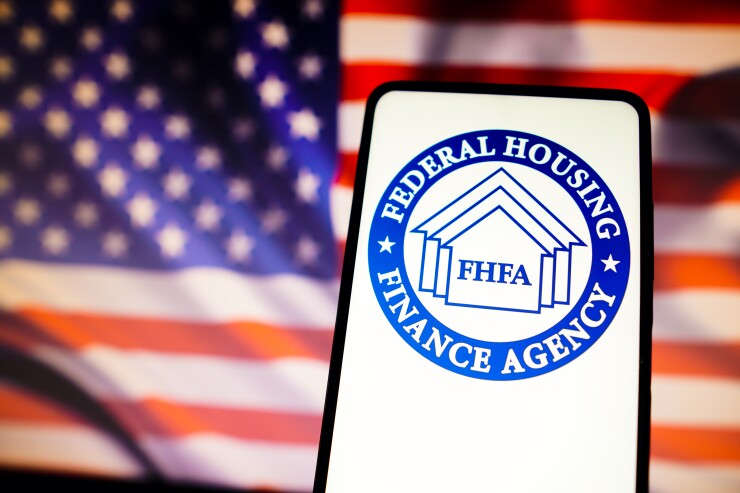
In 1995, the mortgage buying and securitizing giants
On July 8, Federal Housing Finance Agency Director Bill Pulte
Was this declaration
Rollout date aside, surely the effect of adding a second scoring model will be transformative for potential home borrowers, right? A second model could mean a second chance at going from a "no" to a "yes," or a second chance at going down from a near-prime to a prime-plus interest rate.
That was certainly the view of Pulte, who continually came back to the fact that VantageScore 4.0 has the added feature of incorporating rental payments.
"My ORDER today (thanks to my boss, POTUS)," he
Unfortunately, for many mortgage applicants, the addition of Vantage will be less like two separate pulls from a deck and more like two pulls of the same card.
Fair Isaac and Vantage may be competitors, but their proprietary model scores are highly correlated because their underlying datasets are nearly identical. Case in point: The much-hyped addition of rental payments in VantageScore 4.0 is mostly redundant since the newest and soon-to-be-FHFA-approved version of FICO (
Regardless of which scoring model you're looking at, the purported benefits of rent reporting are vastly overstated. The recent
The student loan giant fell far short of Wall Street's expectations, but its leaders say President Trump's "Big Beautiful Bill" is likely to bring it billions of dollars in new business.
If Pulte is really serious about giving applicants as many bites at the mortgage apple as possible, he'll take a long look at a new data source that is much less correlated with FICO and inherently geared toward giving the fairest shake to the "millions of forgotten Americans" (
Cash-flow underwriting — the process of evaluating credit applicants in real time based on the cash inflows and outflows from their bank accounts — offers the best shot at safely and meaningfully expanding homeownership opportunities. It's set up to find creditworthiness nuggets out of exactly the types of behaviors that Pulte was referencing that don't usually make their way to a traditional credit report, such as payments for rent, utilities and small-dollar loans. And unlike FICO and Vantage, which rely on the better angels of landlords' and electrical companies' nature to furnish payment information in a timely and accurate manner to the credit bureaus, cash-flow scorers have access to that raw payment information every month.
For those interested in learning more about the topic, there is plenty of publicly available information on the effectiveness of cash-flow scoring models in predicting credit performance. But Pulte won't have to take their word for it. He can mirror what his predecessors at the FHFA, Fannie and Freddie did to approve Vantage and FICO in years past and commission a "score-off" to determine which (if any) cash-flow scores warrant inclusion alongside the two legacy scoring models in the conforming mortgage marketplace.
What would this cash-flow score-off look like? We won't need much imagination. Pulte can more or less reuse the blueprint from the
Make no mistake about it: If Pulte builds it, the cash-flow scoring applications will come.






